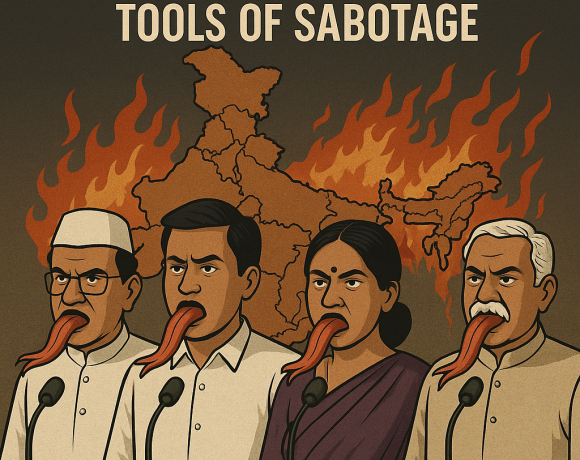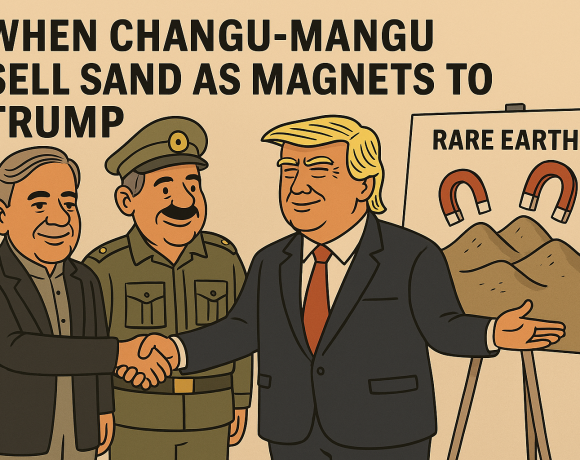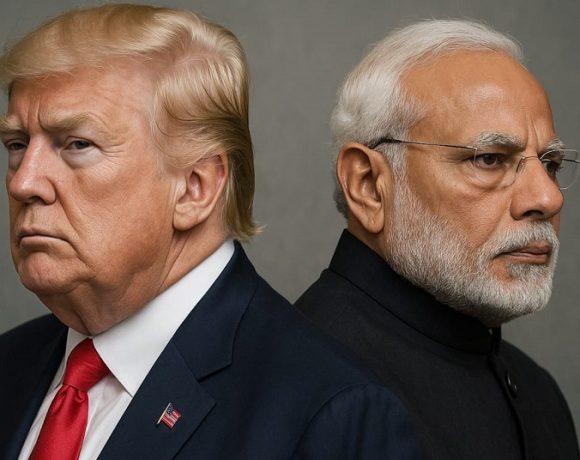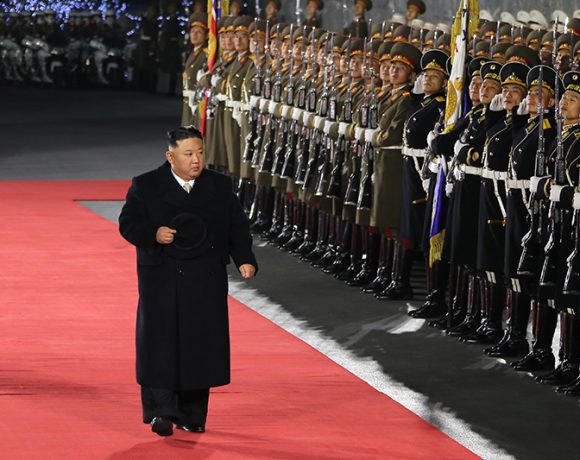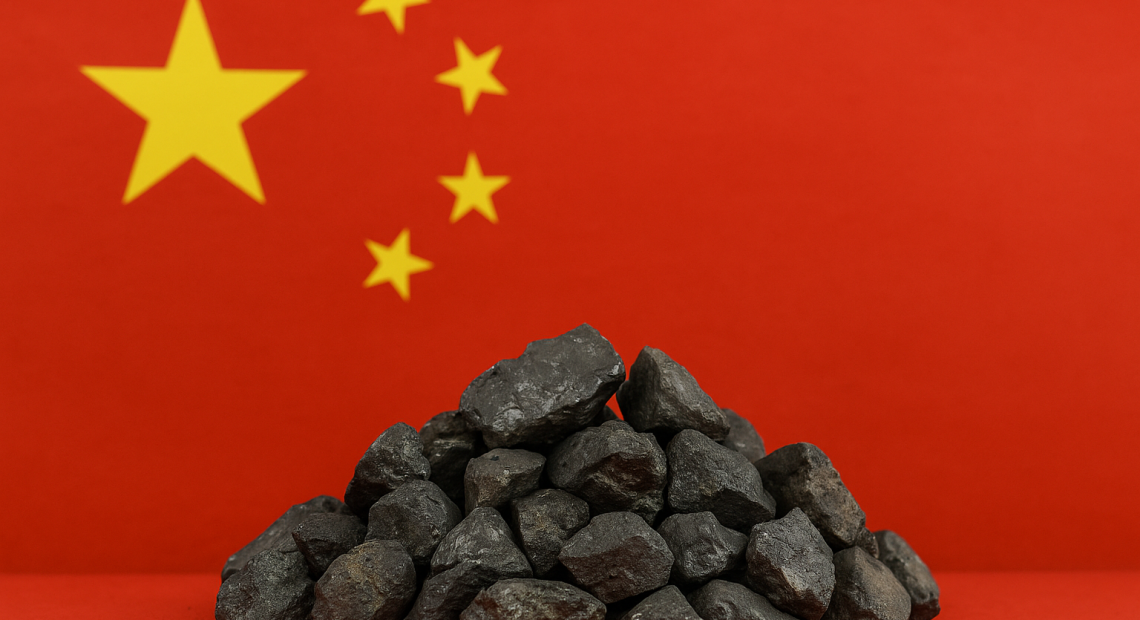
The Policy Paralysis That Made China Our Rare Earths Banker
India’s rare earths story is a masterclass in how to waste a natural advantage. While China was turning obscure minerals into the building blocks of modern technology, India sat comfortably on one of the world’s largest reserves, treating them as if they were just another kind of beach sand. The result? China turned itself into the global gatekeeper of rare earths, while India turned itself into yet another customer knocking on Beijing’s door.
India holds around 8.5 million tonnes of rare earth oxide resources, a staggering number by any measure. Yet production remains laughably small, averaging less than 3,000 tonnes a year. For decades, this strategic sector was locked up in the hands of one public-sector company—Indian Rare Earths Limited (IREL). Instead of treating rare earths as “oil of the digital age,” successive governments treated them as a side business, smothered in licensing delays, bureaucratic committees, and the comforting illusion that someone else would do the heavy lifting.
While India’s policymakers perfected the art of procrastination, China perfected rare earths as a strategic weapon. Deng Xiaoping said it bluntly back in 1992: “The Middle East has oil; China has rare earths.” Beijing didn’t just mine; it subsidized every stage of the supply chain—refining, processing, and magnet production. By the time the world woke up in 2010, when China cut off exports to Japan during a territorial spat, the monopoly was already built. Today, China controls over 70 percent of global mining, more than 90 percent of refining, and near-total dominance in permanent magnets. It plays banker to the entire global economy, and India is no exception.
Of course, India is not without friends. Japan responded to China’s embargo by investing billions in refining and recycling. Australia’s Lynas, with Japanese backing, became the only significant non-Chinese processor. Both are allies of India, partners in the Quad, champions of Indo-Pacific solidarity—or so the speeches say. Yet neither was willing to hand India the crown jewels of refining technology. And why would they? Allies don’t transfer the tech that keeps their own industries running. They sell you the product, maybe even let you buy a small stake, but they don’t create a competitor out of goodwill. India’s weak policy framework made this easier; it’s simpler to keep New Delhi as a buyer than to empower it as a rival.
The price of this paralysis is visible in trade figures. India imports almost all of its rare earth permanent magnets from China. Even as domestic demand grows—thanks to electric vehicles, wind energy, and defense—India is stuck in a supply chain where it digs out sand, ships out ores, and buys back magnets at a premium. Japan and Australia were open to partnerships, but India’s notorious red tape ensured delays and half-measures. We kept holding conferences and drafting roadmaps while China quietly built a fortress.
Breaking free will not be easy, but it is possible. India must open the gates beyond IREL, encourage private investment, and fast-track environmental approvals for responsible mining and refining. Japanese-style recycling plants should become part of India’s urban mining strategy, while Australian-style processing plants should be replicated on Indian soil. Most importantly, India must build magnet factories. Exporting raw ores while importing finished magnets is a colonial model in digital disguise.
Atmanirbhar Bharat will remain a slogan unless India confronts its rare earth dependency with urgency. China won because it treated rare earths as strategic. India lost because it treated them as paperwork. The minerals were always here, buried in our soil. What was missing was the political will to dig them out and build an industry around them.
Until that changes, China will happily keep playing our rare earths banker—charging interest, dictating terms, and reminding us every single day that natural resources are worthless without national strategy.


